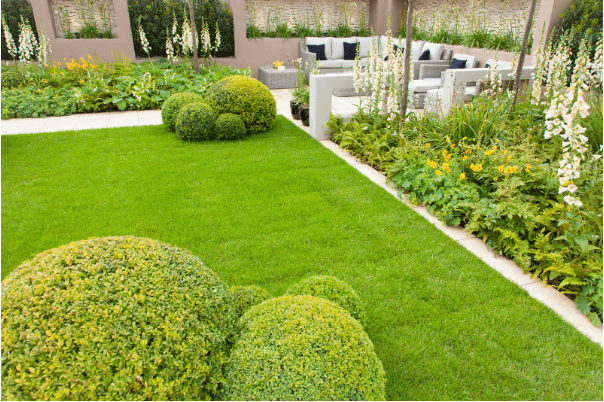A smooth turf surrounded by hedge plants is any gardener’s dream project. A neatly maintained lawn that sends the vibes of a golf course fairway increases the value of the real estate. More homeowners are inspired to maintain turfs with real grass as it is a classic representation of a well-kept house. As per turf managers of turftech.jjsea.com, there is some real sweat that goes behind those sharp looks. That’s not grass that wakes up like that. There is regular maintenance that goes unnoticed most of the time.

One of the several problems that people encounter is the thinning of grass. A patch looks healthy and then there is one patch that almost has just as much grass as a man hitting his bald years. It is disheartening and not appealing when the efforts don’t pay. So, you have to muster your energy and look at the problem. As a gardener and turf grass manager, if you are tired, you can rest for a while and again get back to work. Just like other plants, grass also needs timely attention. A little snitch in time will save nine and persistent efforts with these maintenance tips will keep your turf green and smiling:
- Every Turf Needs Dressing
A top dressing is not limited to salads to enhance the taste. If you add more soil to the grass on the top regularly, then the grass will smoothen out. You may feel the turf is even, but once you start mowing, you will come across uneven surfaces that will contribute to water logging in some areas.
- Evenly Spaced Sprinklers
Grasses need water, unlike any perception that feels they are hardy plants. Depending on what grass is on your turf, you may need to moderate the watering system of your lawn. Most people opt for fewer sprinklers but that defeats the purpose. In case the grass dries out because of uneven watering, the cost of replacing the turf is more expensive than installing more sprinklers.
- Feed Your Grass
Like any plant, your grass needs a good proportion of NPK to look lush green and spread across in healthy bunches. Remove animal waste regularly because that will increase the ammonia content and stress the grass. It turns yellow and then dies out as a response to increased nitrogen. Use a fertilizer spreader for even distribution of NPK granules across the turf.
- Regular Verticutting
The verticutter uses blades to slice through the thatch layer, which is the accumulation of dead grass stems and roots at the base of the turf. This layer can impede the flow of water, air, and nutrients to the grassroots. Verticutting helps remove some of the thatch, allowing these essential elements to reach the roots and promote healthier grass growth.
Conclusion:
A well-done lawn will rub off on your neighbors too and inspire them to maintain their turf as well. When the entire community is striving to manage their turf and maintain beautiful gardens, it automatically increases the real estate prices of the houses in the area. So, go ahead and grass up!

